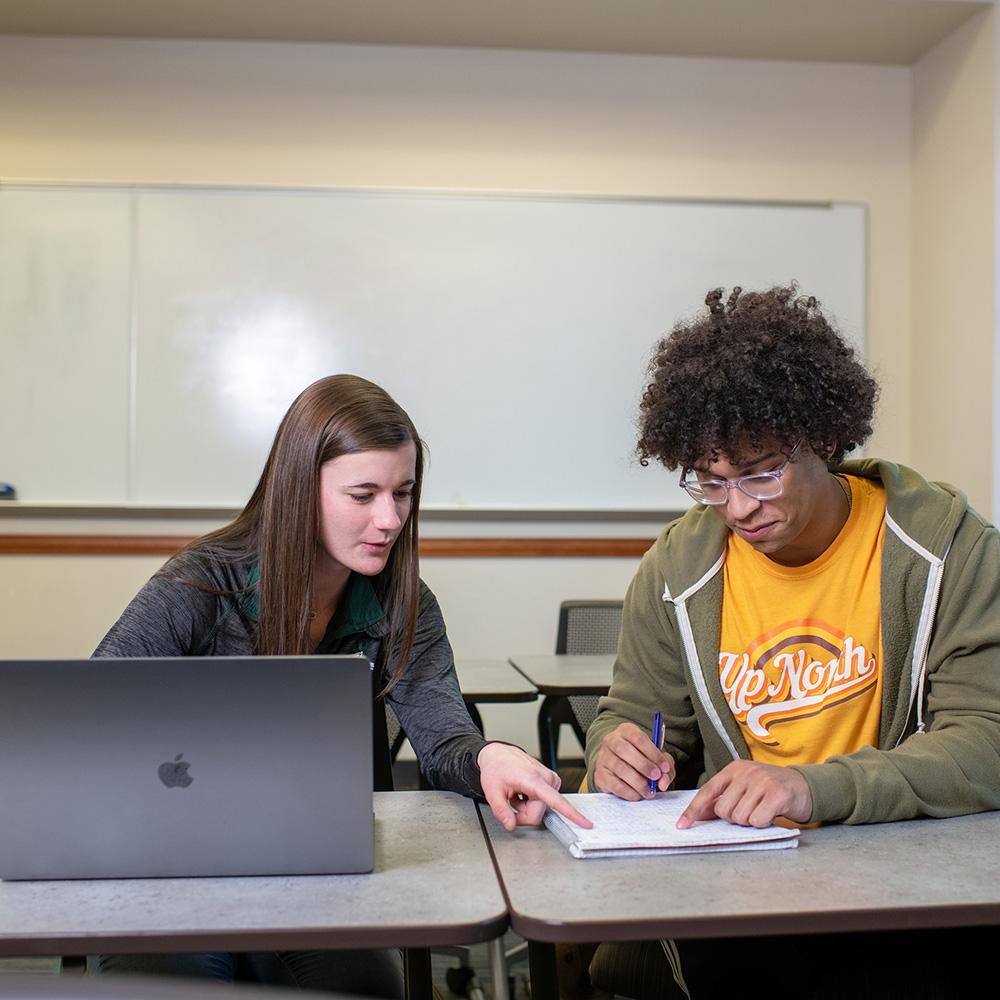Interested in learning more about building an inclusive pedagogy? The Inclusive Pedagogy Academy (IPA) empowers faculty to maximize student learning and achievement by working with faculty to enact inclusive teaching approaches across all disciplines.
Building an Inclusive Pedagogy
Traditional teaching approaches have not always considered how one's positionality (identities, culture, etc.) influences the classroom environment, nor has it always paid attention to the experiences that our students bring with them. No classroom environment is colorblind, but our cultures, identities and the ways in which those are received by others shape our experience inside the classroom (Gay 2000).
While inclusive pedagogy is applicable in all fields, and we are all committed to supporting our students, we acknowledge that there has been a lack of support in many fields in considering how more inclusive practices may be implemented. As universities do more to recruit a diverse student body, curricular and pedagogical approaches should be modified to improve retention of those students (Killpack and Melón 2016). As educators, we value not only the ongoing education of our students, but of ourselves, and adapting our approach to improve the outcomes for our students.
Checklists for Creating an Inclusive Pedagogy
To help you consider different aspects of inclusive practice, the CTLA has created checklists on various topics. These documents are intended to serve as resources for creating a more inclusive classroom.
